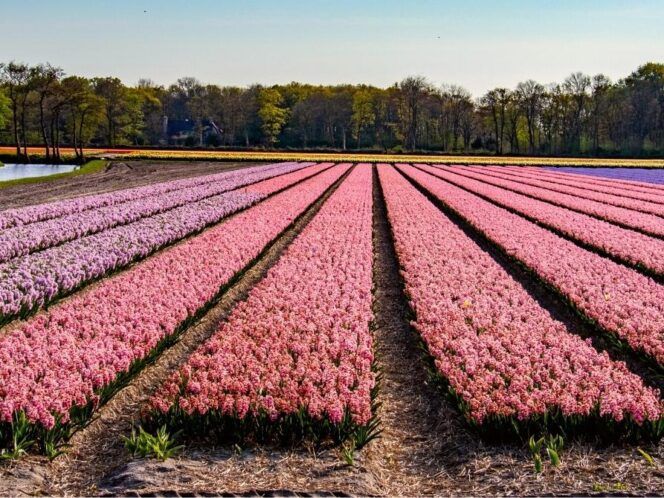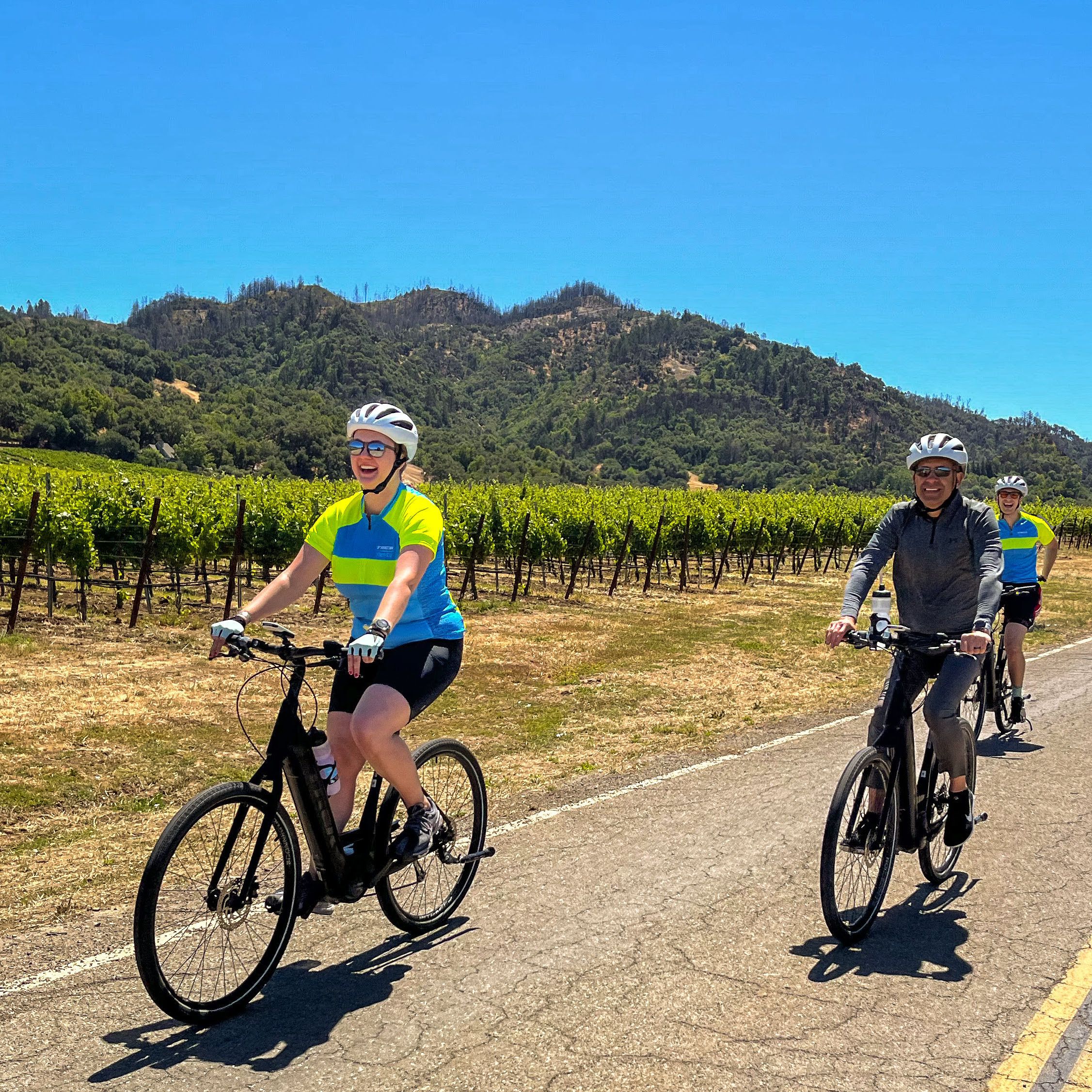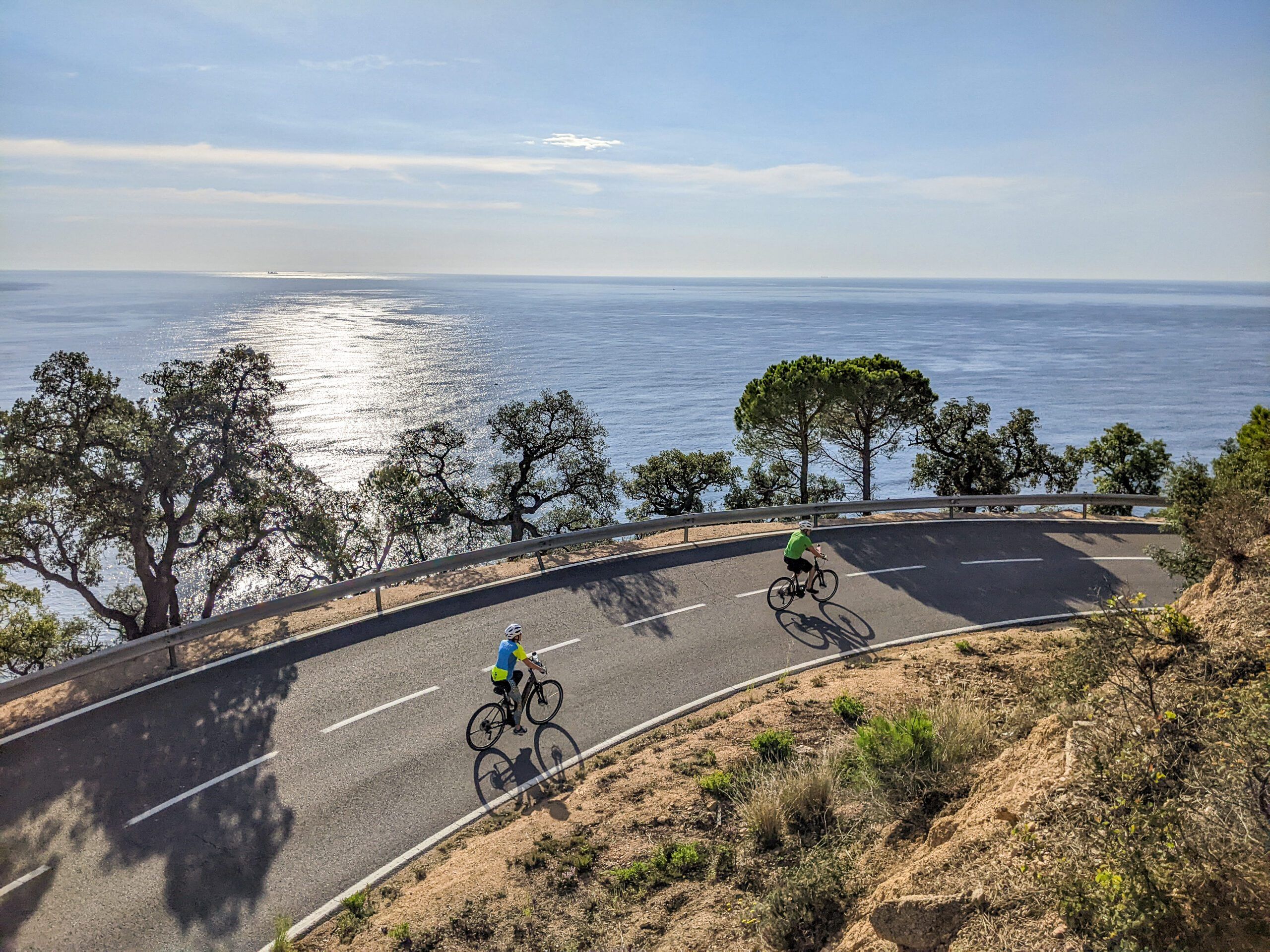
Fenway Park. Wimbledon. Augusta National. Churchill Downs. The time honored traditions held at these iconic venues are some of the most famous in sport. And not to be left off this list is cycling’s biggest stadium: Alpe d’Huez. It may not be the longest or the steepest climb to be featured in the Tour de France, but it demands a respect unlike any other.
For amateurs, the 21 switchbacks of Alpe d’Huez are a rite of passage. Times earned on the Alpe are cycling’s ultimate bragging right and merely cresting the summit is a badge of honor worn by few. For pros, the 13.8 kilometers hold more history, hype and hurt than any other stretch of pavement. Each hairpin bears the name of a former winner and every ascent brings the opportunity for a new champion to write his name in the history books.
Since its first appearance in the 1952 Tour de France, the winding road from Bourg d’Oisans to Alpe d’Huez has earned a higher level of fame and notoriety than any other featured assent. Sure, it’s the challenge that etches this climb permanently into the minds of those who have slayed it. But what exactly distinguishes this widely acclaimed road and earns it a spot atop our list of the most famous stadiums in sport?
1. The History
In 1952 Fausto Coppi attacked 6 kilometers from the top, leaving behind his breakaway compatriots and taking the first ever stage win on Alpe d’Huez. A 1986 battle for the yellow jersey between teammates Greg LeMond and Bernard Hinault was one for the ages. Le Tour’s 100th anniversary in 2013 was celebrated with a double ascent that tested the pain tolerance of even the strongest pros. And this year’s suspenseful showdown between Nairo Quintana and Chris Froome was the pinnacle of a fierce three-week rivalry. History has a way of repeating itself as year after year the 21 switchbacks of Alpe d’Huez host the most memorable breakaways, showdowns and attacks of our favorite Grand Tour.

2. The Dutch Corner
This sea of orange signifies the most boisterous party at le Tour. Be sure to grab a beer for the road as there are still seven switchbacks left to conquer.


3. The Views
Yes, the exposure of these 21 switchbacks means you may bake in the sun on a blue sky day. But the views will distract you from the pain.


4. The Road Paint
After enduring the relentless 8.1% average gradient turn after turn, this marker is a beckon of hope providing a light at the end of the sufferfest.


5. The Finish Line
The Tour is won on the Alpe. Although you may not beat the fastest time set by Marco Pantani in 1997 (37 minutes and 35 seconds), the finish line on Alpe d’Huez provides a welcome relief and unrivaled sense of accomplishment. It’s a moment for pros and amateurs alike to zip up the jersey, raise their arms and win with style.








